Why not? And what’s next?
Both reactions apply to the news Tuesday that the Baltimore Ravens have agreed to trade a 2025 fifth-round pick to the Carolina Panthers for talented but mercurial wide receiver Diontae Johnson and a 2025 sixth-rounder. The Panthers, who clearly wanted Johnson gone, also agreed to pay down a chunk of his salary, meaning the Ravens owe the receiver roughly $625,000 for the rest of the season.
If the Ravens (5-3) and Panthers (1-7) continue on their current trajectory, the difference between the fifth- and sixth-round picks might be far fewer than 20 spots in the middle of Day 3 of the 2025 draft. So for that small of a price and a very modest salary that won’t have a significant impact on the team’s tight salary-cap situation, the Ravens get a wide receiver who can get open, create big plays and potentially help in a return game that’s been nonexistent pretty much all year.
That’s where the “why not” comes in. The Ravens essentially gave up next to nothing to get a guy who can help them offensively and potentially on special teams.
Wide receiver was not close to Baltimore’s biggest need. Zay Flowers is on pace for an 87-catch, 1,120-yard season. Rashod Bateman is on pace to set career highs in receptions and receiving yards, and his three touchdowns are already a career high. No. 3 receiver Nelson Agholor only has 22 targets all season, but Lamar Jackson has shown the past two seasons that he has faith in the veteran who beat star cornerback Denzel Ward for a touchdown in Sunday’s loss to the Cleveland Browns.
The Ravens have used their 11 personnel, which means three receivers on the field, less than 30 percent of the time this season. Tight ends Mark Andrews, Isaiah Likely and even Charlie Kolar have been involved in the pass offense, as has No. 2 running back Justice Hill. So it’s not like Jackson was hurting for guys to throw the ball to when general manager Eric DeCosta made this move.

GO DEEPER
Diontae Johnson trade grades: Ravens load up for Super Bowl run; Panthers focus on future
Todd Monken’s offense has been efficient, balanced and dynamic. The Ravens rank first in the NFL in offensive DVOA (defense-adjusted value over average) and Jackson is fifth in the league in passing yards. They also are running the ball at a league-leading clip.
Johnson, however, just gives the Ravens another option that defenses have to concern themselves with. The 28-year-old had 30 catches for 357 yards and three touchdowns in seven games for the struggling Panthers. In the previous five seasons for the Pittsburgh Steelers, Johnson averaged 78 catches and 873 receiving yards per year.
Johnson can separate. He can beat man-to-man coverage. He also has plenty of experience within the AFC North. At the very least, the Ravens, with this move, have improved their depth considerably and better protected themselves in the event one of their top pass catchers goes down with a multi-week injury.
The only downside would be if Johnson, a pending free agent, gripes about his role. Baltimore’s current group of pass catchers has had to embrace an unselfish approach on an offense that leans heavily on the running ability of Jackson and Derrick Henry and spreading the ball around through the air. Six Ravens have more than 10 catches.
Flowers, Bateman, Andrews and Likely have all had games this season where they’ve only gotten one or two targets. To put that in perspective, Johnson is averaging more than eight targets per game in Carolina. It seems unlikely he’d reach that number consistently with the Ravens. Johnson has not been shy at his past stops in griping about touches, opportunities or quarterback play. He’s also been criticized at different points for drops and not finishing plays.

Free, daily NFL updates direct to your inbox.
Free, daily NFL updates direct to your inbox.
Sign Up
That obviously won’t fly with a cohesive Ravens team and within a tight and loose locker room, so there’s potential for volatility with this arraignment. The Ravens, however, have a history of bringing in outspoken guys with sizable personalities and seeing those players flourish within the organization’s culture. Wide receiver Odell Beckham Jr. had no issues embracing it last season, even though he never got the touches he coveted.
If that’s the biggest risk here, it’s one worth taking. And did we mention the Ravens gave up virtually nothing?
That’s where the “what’s next” comes in. If the Ravens are rewarded the maximum number of four compensatory picks, as they are projected to get, they’ll still possess as many as 11 selections in the 2025 NFL Draft. So this deal with Carolina doesn’t impact the flexibility to trade more draft capital before the Nov. 5 deadline if they so choose.
And since they’re on the hook for very little of Johnson’s salary, it also won’t be too prohibitive if the Ravens want to add another contract via a trade. The Ravens entered Tuesday with just under $4 million of salary-cap space, per the NFL Players Association’s Public Salary Cap Report, so that adds an element of difficulty to making a deal.
But Tuesday’s acquisition won’t significantly hinder the team’s efforts to add another piece, and it’s become pretty clear that help is needed on the other side of the ball. The Ravens’ pass defense has been a mess for much of the season. They’re not getting consistent pressure on the quarterback. There are weekly coverage breakdowns and communication issues. An already thin defensive line has recently gotten hit by injuries.

GO DEEPER
Ravens defense shows once again it can’t be trusted to get stops in loss to Browns
Before Tuesday, it was widely assumed that if the Ravens were to make a deal — and DeCosta always wants to be in the trade mix before the deadline — it was going to involve adding a pass rusher or defensive back. The addition of Johnson doesn’t change the team’s ability to do that.
In fact, by 4 p.m. next Tuesday, if the only move DeCosta made was acquiring Johnson, it will be fair to question why the struggling defense was neglected. But now? There isn’t much to question about the Johnson deal beyond why not, and what’s next?
(Photo: Jacob Kupferman / Associated Press)

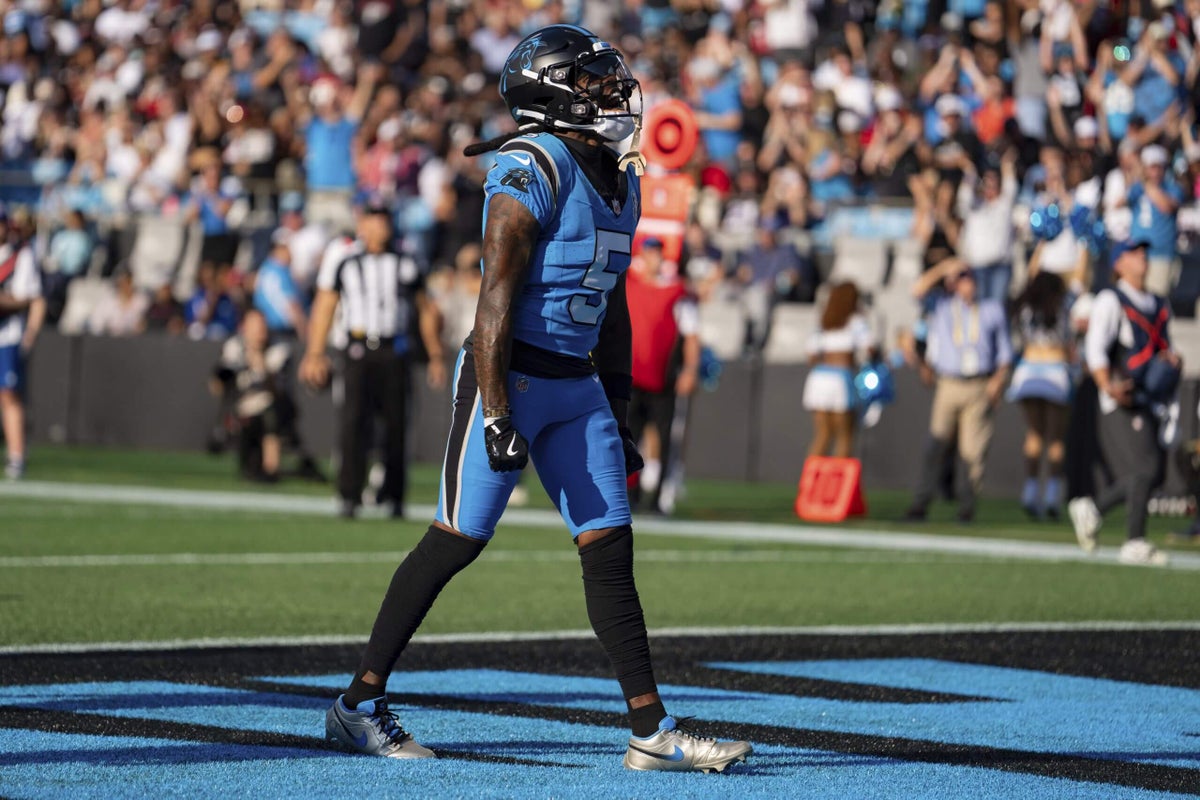

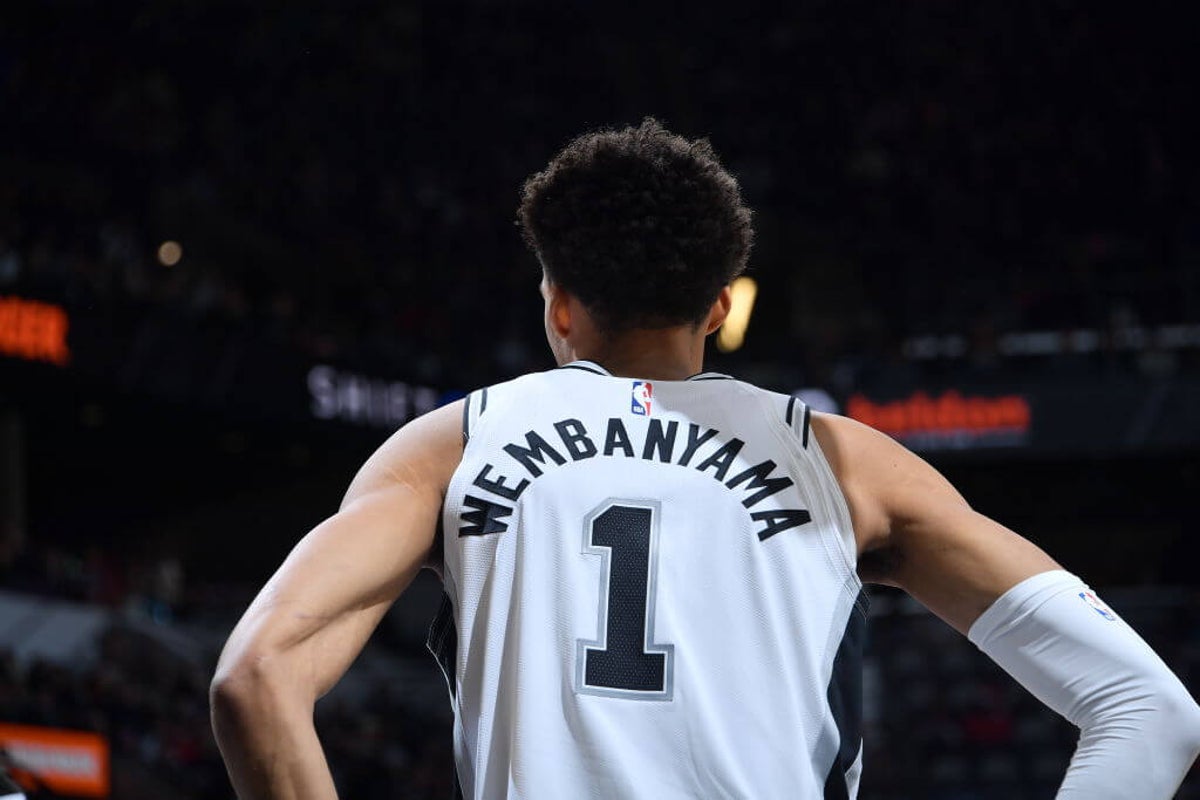
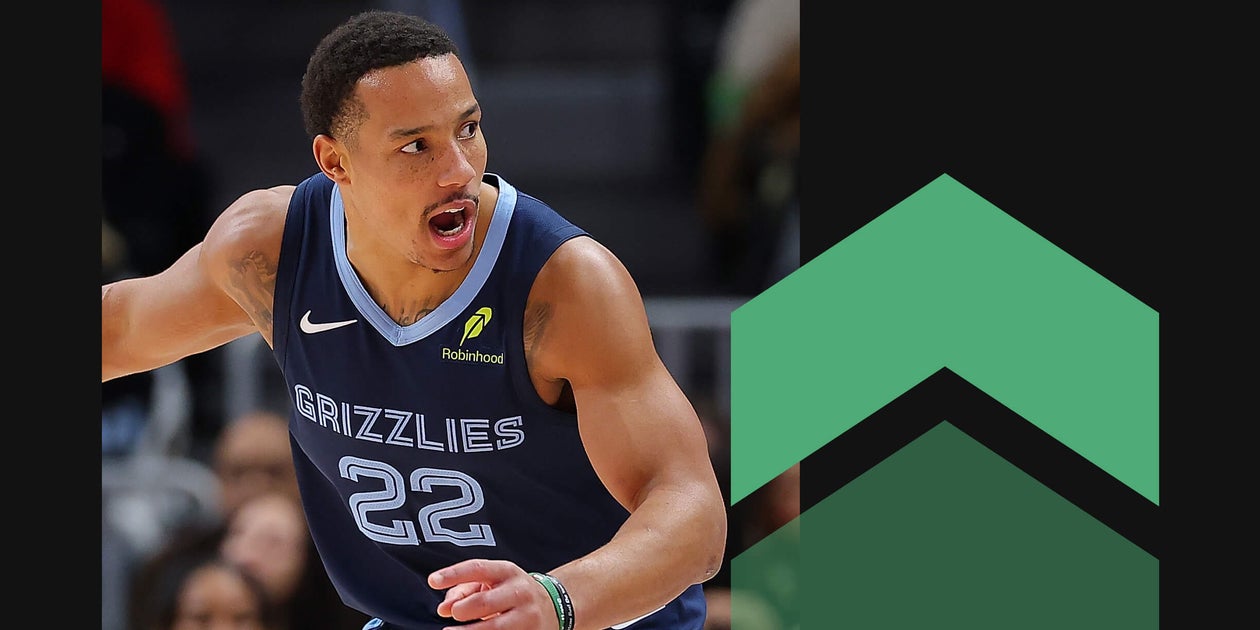





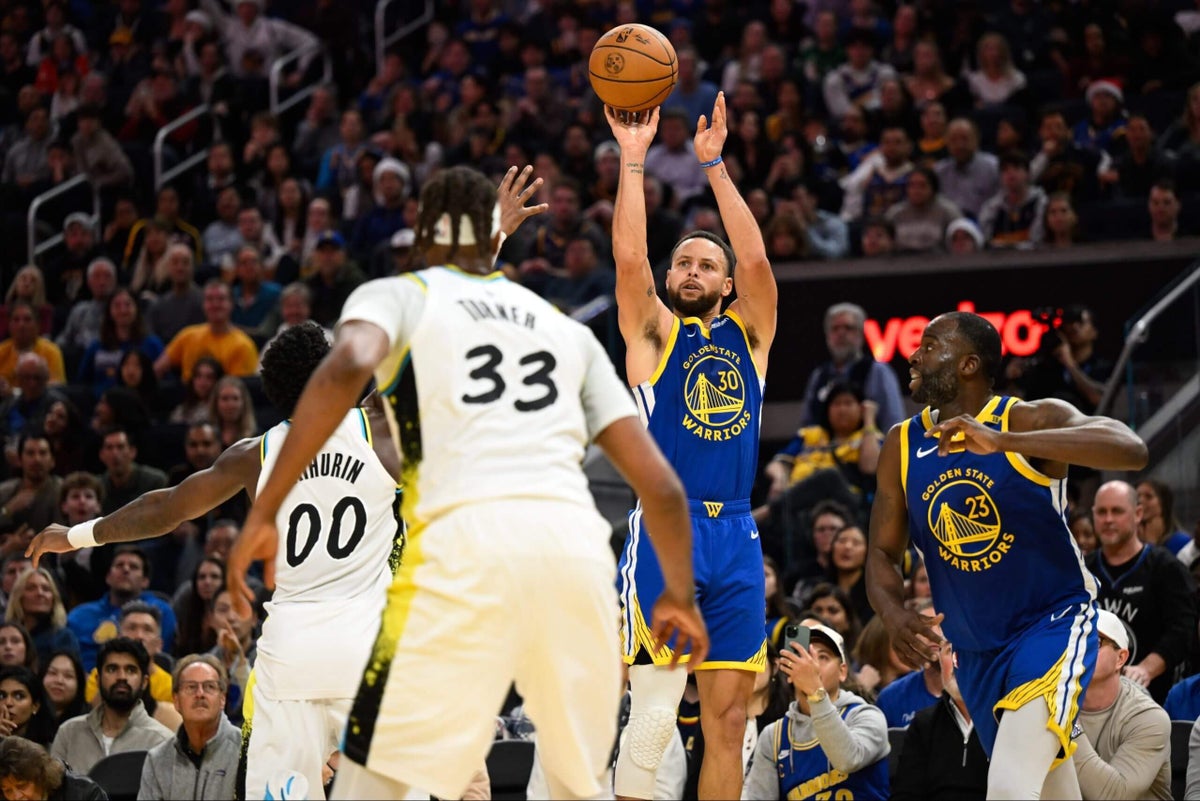

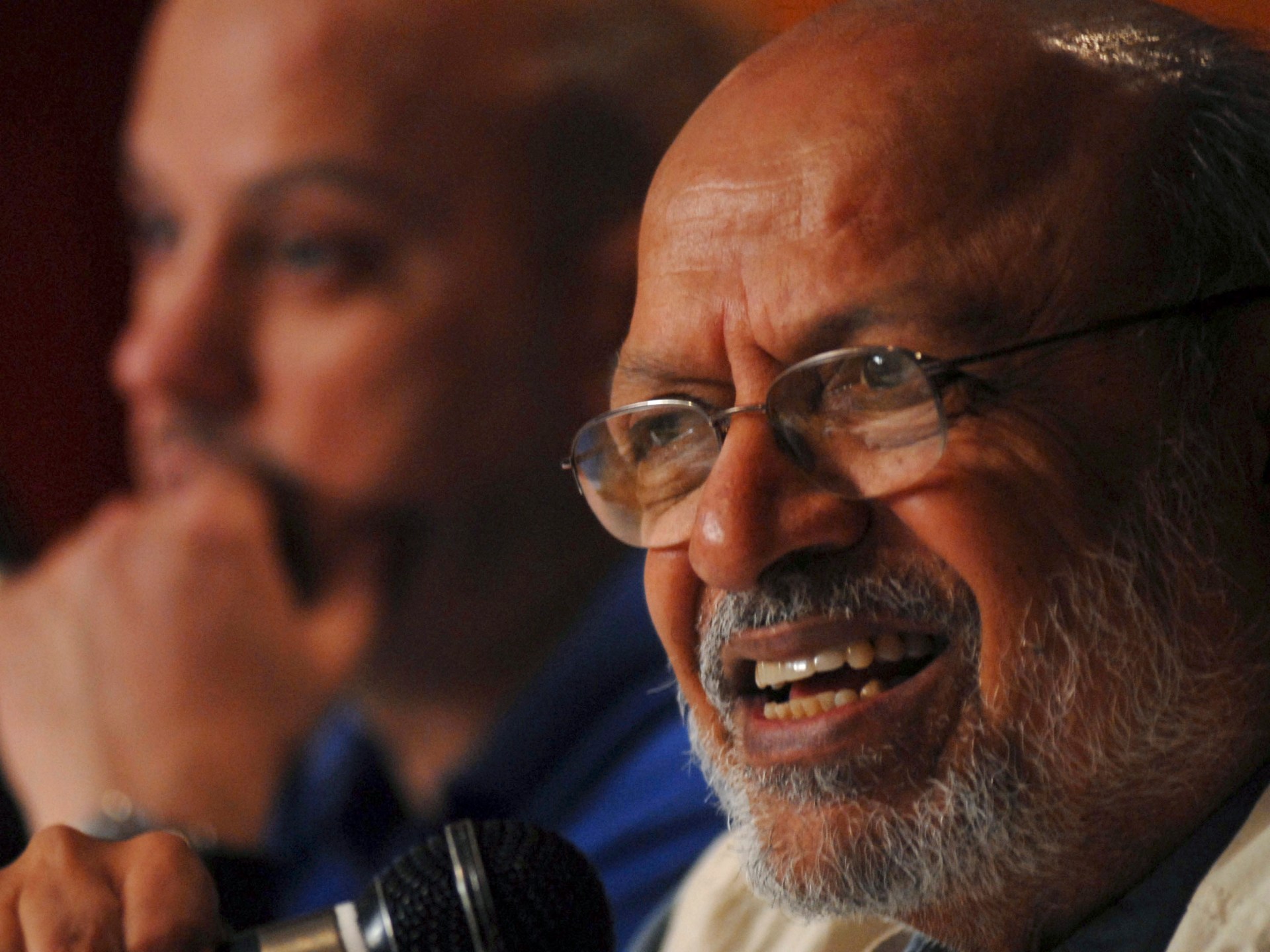
Leave a Reply